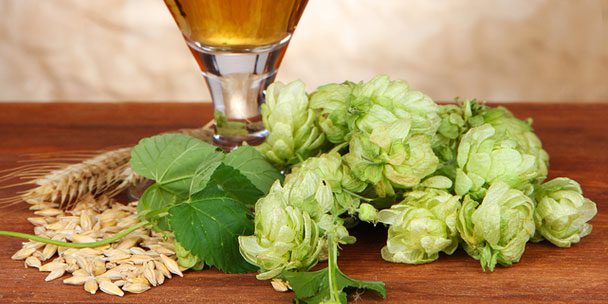Home brewing is part art, part science. While there’s ample scope for experimentation with ingredients, the brewing methods are restricted to two primary options, all-grain and extract. The choice of the brewing method compels much deliberation. Why? Well, from cost and time involved in the process of creative control, all depends on the brewing method you choose.
When it comes to All-Grain Vs Extract Brewing, there’s no clear winner. Both methods have their fair share of advantages and disadvantages. Here’s how they fare against each other.
The Extract brewing process:
The extract brewing process is relatively uncomplicated, quicker, and apt for the uninitiated.
To start with, add water to the brew pot and heat it.
Steep the speciality whole grains to add flavour, aroma and body.
Introduce malt extract to water to create sweet wort.
Boil the wort for one hour at least and add hops.
Put in some cold water to raise the wort’s volume and reduce the temperature.
Add yeast and leave the concoction to ferment for a week or two.
Finally, add priming sugar and the beer is ready for consumption.
Pros:
- Extract brewing is economical. No sophisticated equipment is required to mash and ferment. Just buy an all-inclusive kit and you are good to brew 5-gallon batch beer.
- As the sugar is derived from the malt extract, you skip mashing grains. Plus, you’ll need to steep grain in small quantity. That translates into a quicker and hassle-free process.
- As grain mashing is out of the equation, extract brewing comes across as a simpler way to create quality beer. If you are new to brewing, extract brewing is for you.
- The required kettle capacity is relatively lower. Again, the kettles with smaller capacity make extract brewing a cost-effective option when compared to all-grain brewing.
Cons:
- The equipment cost is low but the ingredients like the malt extract might cost higher. You can reclaim and reuse yeast several times, but that’s not possible with malt extract.
- Your creative control on the designing process is restricted in extract brewing. The malt extract options are limited, leading to lesser choices in aromas, colours, flavours, and other characteristics of the end product. Regardless of what ingredients you add to the concoction, the end product will carry characteristics of the malt extract used.
All Grain Brewing process:
All grain brewing, a sophisticated way to brew, is a forte of commercial and craft brewers.
- The ball gets rolling when you mash crushed malt and heat it for 45 to 90 minutes at 150 F. For heating, you have the option of using hot water or an external heat source.
- Now, the stage is set for lautering – a process where the grains are subjected to running hot water. The screen filter should be utilized to haul out the wort.
- Introduce hops to the wort and boil it for at least an hour.
- Bring the wort to the room temperature and transfer it to another vessel for fermentation.
- Add yeast and let the concoction ferment for a week or two.
- The beer is ready for consumption once priming sugar is added to it.
Pros:
- The cost of ingredients is lower than extract method when brewing the same beer.
- If you aspire to be a professional brew master or at least try to emulate them, all-grain brewing is for you. However, getting a handle on the mashing process is a requisite.
Cons:
- It’s time-intensive with mashing and sparging processes involved.
- The cleanup requires more effort, thanks to the wet grain left after the mash.
- The number of equipment involved in all-grain brewing is more.
The bottom line:
When it comes to all-grain vs. extract brewing, you should choose based on your budget, level of experience and time at hand. Despite the trade-offs, a great beer is guaranteed either way.
